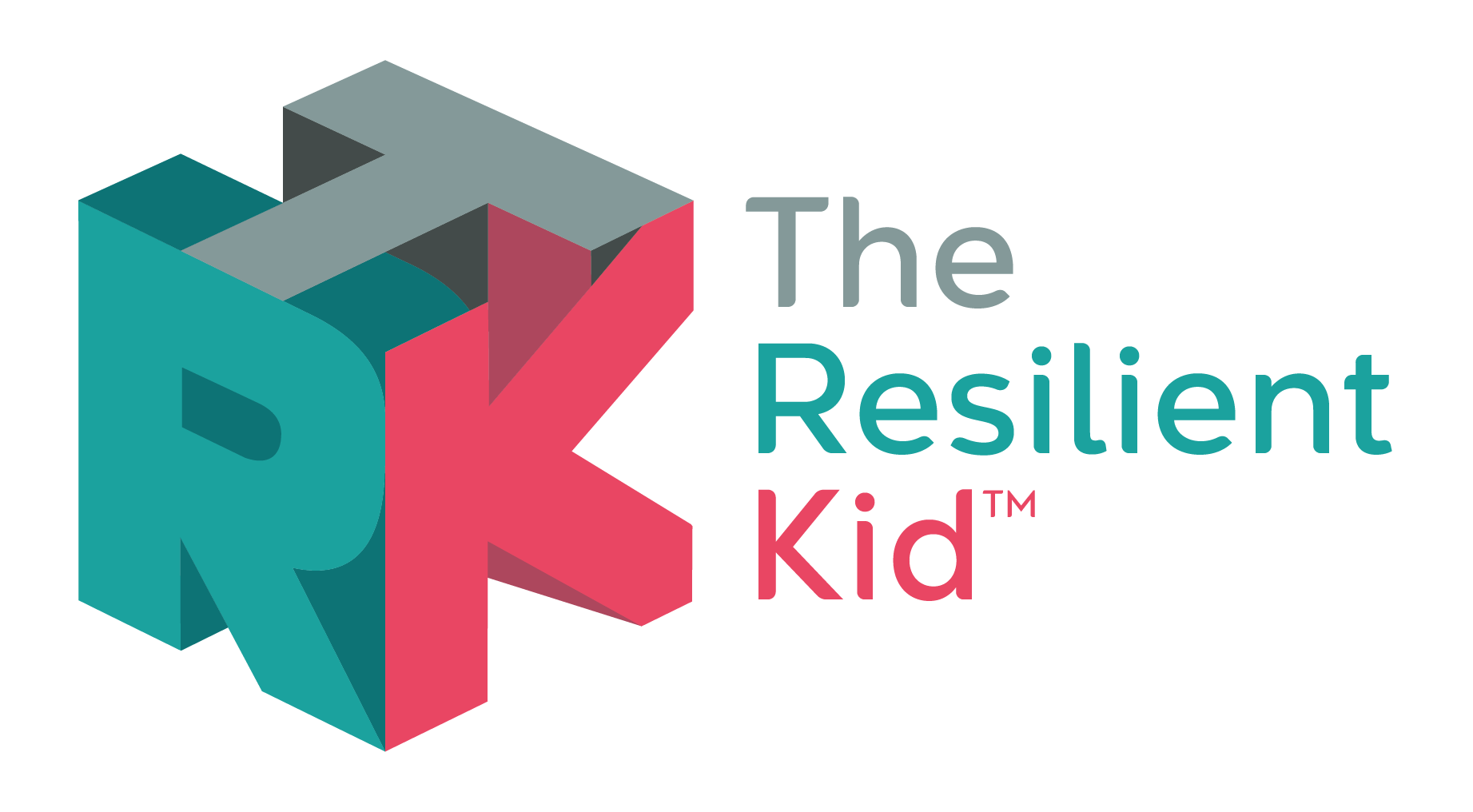Get your copy of A PARENTS GUIDE TO RAISING A RESILIENT KID --> BUY NOW

Anxiety In Our Kids
01/02/2024
Anxiety and worry are two common experiences that many people encounter in their lives. While these terms are often used interchangeably, it is important to understand the unique qualities of each and how they can affect our well-being.
Worry can be described as a normal reaction to a specific concern or threat. It is typically short-term in nature and focused on a particular event or situation. For example, worrying about an upcoming exam or a job interview. In contrast, anxiety is a more generalized feeling of unease or apprehension that can persist over an extended period. It is often not tied to a specific cause and can be accompanied by physical symptoms such as increased heart rate, restlessness, or difficulty concentrating.
Managing anxiety is crucial for maintaining a healthy mental state. Here are some tips that can help:
- Practice relaxation techniques: Deep breathing, meditation, and progressive muscle relaxation can help calm the mind and reduce anxiety symptoms.
- Engage in regular physical activity: Exercise releases endorphins, which are natural mood boosters. Find activities that you enjoy, whether it's going for a walk, practicing yoga, or playing a sport.
- Maintain a balanced diet: Eating a nutritious diet can support your mental well-being. Avoid excessive caffeine and sugar, as they can contribute to feelings of anxiety.
- Get enough sleep: Lack of sleep can worsen anxiety symptoms. Establish a bedtime routine, create a comfortable sleep environment, and prioritize getting the recommended amount of sleep each night.
Anxiety can manifest in various ways, and it is important to recognize the signs. Some common forms of anxiety include:
- Generalized Anxiety Disorder (GAD): Persistent and excessive worry about everyday situations, often accompanied by physical symptoms.
- Social Anxiety Disorder: Fear and avoidance of social situations due to a fear of being judged or embarrassed.
- Panic Disorder: Recurrent panic attacks characterized by sudden and intense feelings of fear, accompanied by physical symptoms such as chest pain, shortness of breath, and dizziness.
- Obsessive-Compulsive Disorder (OCD): Intrusive thoughts (obsessions) and repetitive behaviors (compulsions) that are difficult to control and can significantly impact daily life.
By understanding the differences between anxiety and worry and implementing effective strategies, individuals can take control of their mental health and lead a more fulfilling life. Remember, seeking professional help is always an option if anxiety becomes overwhelming or interferes with daily functioning.
We hope you found this blog post informative and useful. If you have any further questions or topics you'd like us to cover, feel free to reach out. Take care!
Comments
Must be Logged In to leave comments.


